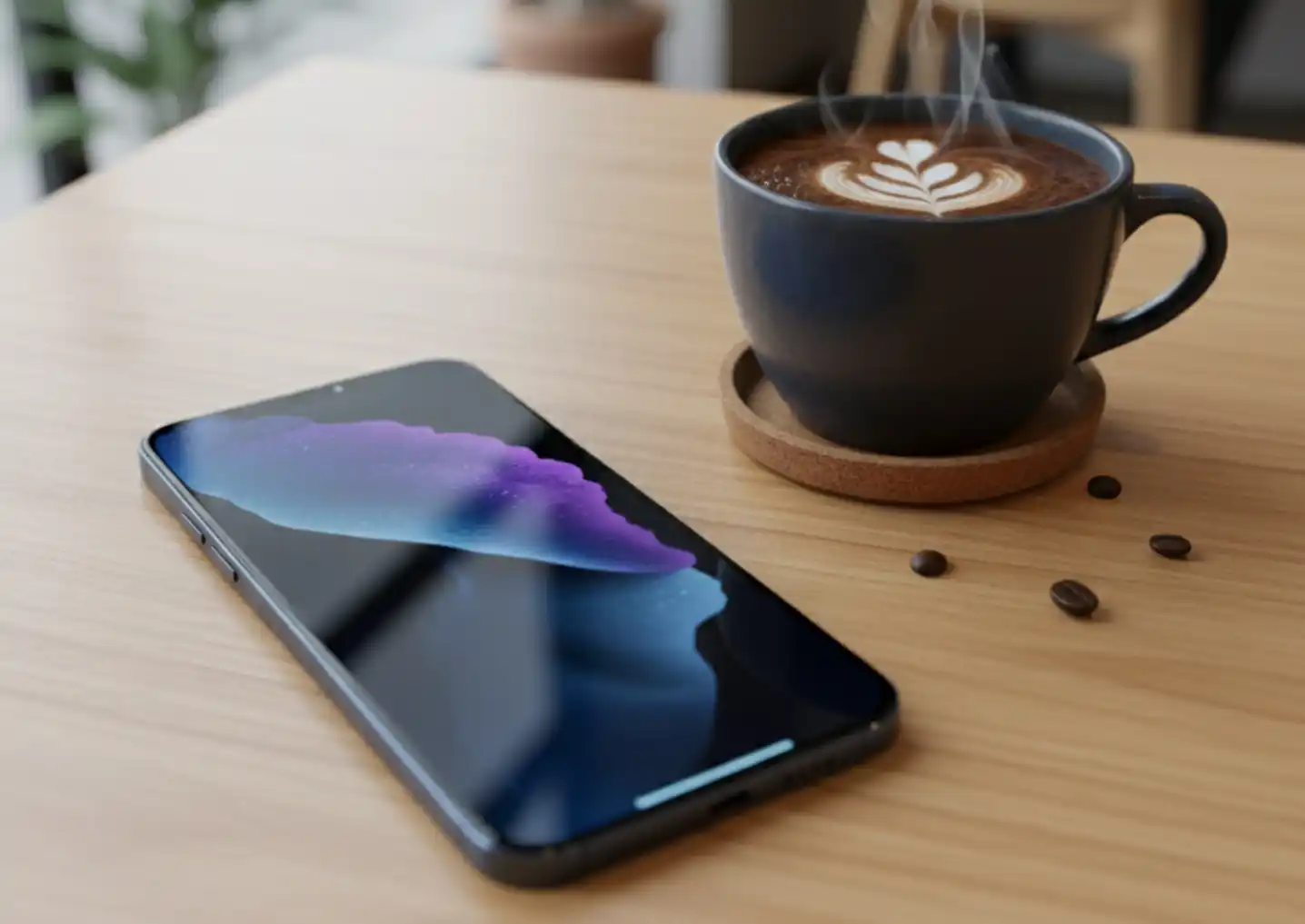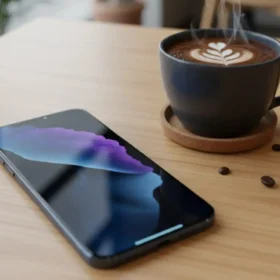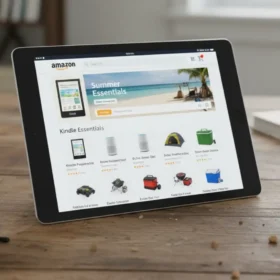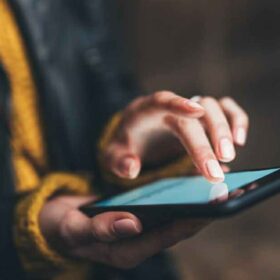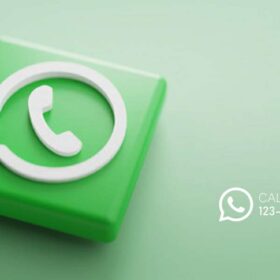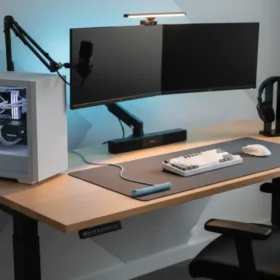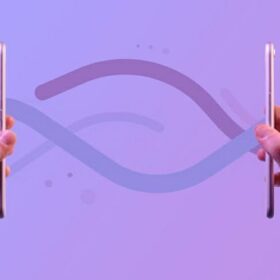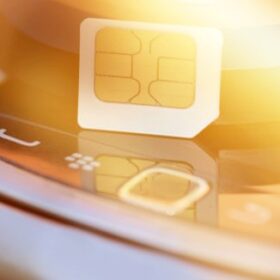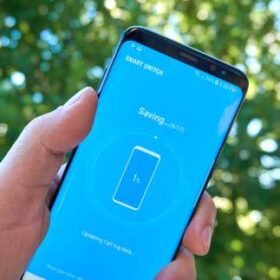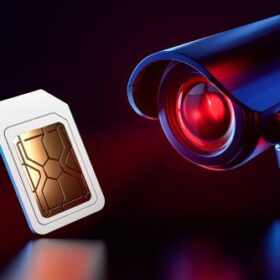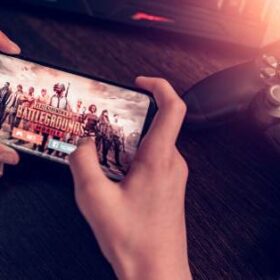As the topic goes, are refurbished iphones worth buying?
In 2025, there are lots of refurbished phones, especially in online stores, ranging from iPhones to Android phones, and this includes tablets and other electronics.
But the question is, are they really worth it?
Is it something that one should buy, and which lasts for a long period of time? I will explain all of this in this post, especially based on my experience, as sometimes I find myself buying refurbished phones and electronics.
Are refurbished iphones worth buying
Yes they’re worth buying though it depends on the stores selling and the quality of the refurbished phone.
If you take a look at my answer, I said yes, but it goes down to the stores selling refurbished phones because some stores are good, while some are not really good when it comes to refurbished products.
Being good simply means that there are stores that properly check and examine refurbished phones to see if they’re good and working before putting them out for sale.
A phone engineer will inspect all the phones and their batteries, confirming them to be 100% working and in good condition before they are put out for sale.
However, there are some stores that will tell you their refurbished phones were properly checked, inspected, examined, and confirmed to be working before they’re put out for sale.
But buying a phone from them, just one week of using the phone, the phone develop a fault.
This actually happened to me.
The store claimed everything was inspected and properly examined, but the phone only lasted for one week and developed a serious software issue, though it was an Android phone.
Again, I have bought a refurbished phone, which I’m still using for the past three years without any issues, though this time from a different merchant.
So what I’m trying to explain is that refurbished phones are good and worth it, but it depends on the store you’re buying the phone, and the quality of refurbished phones they have.
This is why I recommend my friends be very careful when buying a refurbished product, especially if they are not familiar with the store.
Best sites to buy a refurbished iPhone
So far, the best place to buy a refurbished iPhone is from Apple and Amazon.
Buying a refurbished iPhone from Apple may seem a little pricey compared to Amazon refurbished iPhones. But, Apple is the best site for refurbished iPhones, though the phones are limited.
On the Apple store, you will most likely see the latest iPhones that are refurbished compared to older iPhones.
However, on Amazon, you will see both old and new iPhones that are refurbished, and their prices are cheaper than Apple Store refurbished phones.
I mostly buy from Amazon, and prefer the Amazon renewed premium iPhones simply because they’re always in excellent condition, and offers a one year warranty.
Don’t Miss: Understanding amazon refurbished excellent vs good
What to consider before buying a refurbished iPhone
Refurbished iPhones can be an excellent value, but they’re a mixed bag unless you know what to check.
Below is a practical, detailed guide you can use whether you’re buying from Apple, a major retailer, a certified refurbisher, or a private seller.
1) Know the type of “refurbished”
- Apple Certified Refurbished — best: inspected, repaired with genuine parts, cleaned, repackaged, and sold with Apple’s warranty (usually 1 year).
- Certified third-party refurbisher — quality varies; some are excellent and offer multi-month warranties. Look for reputable names and clear testing standards.
- Seller-refurbished / private-seller “like new” — highly variable; usually cheaper but riskier. Ask lots of questions and inspect thoroughly in person.
2) Price vs. value
- If the price is dramatically lower than other refurbished listings for the same model/condition, be suspicious — could be stolen, counterfeit, or heavily repaired with non-genuine parts.
- Compare prices for the same storage/configuration and model year from Apple, large retailers, and trusted refurbishers to set a reasonable target price.
3) Warranty & return policy (non-negotiable)
- Warranty length and what’s covered (battery, screen, liquid damage?) — prefer at least 30 days return and some warranty coverage.
- For online purchases: check who handles returns (seller or marketplace) and whether you pay return shipping.
- Keep receipts and any serial number/IMEI records — required for warranty claims or disputes.
4) Verify IMEI / Serial number before purchase
- Ask for the device’s serial number and/or IMEI before paying. Use them to:
- Check Apple’s coverage/warranty page (to confirm model and if Apple lists any active coverage or recalls).
- Ask the carrier or use a trusted IMEI-check service to confirm it’s not reported stolen/blacklisted.
- Do not buy a device with an IMEI/serial that shows suspicious history.
5) Activation Lock / iCloud status
- Never buy a device that’s still linked to the previous owner’s Apple ID (Activation Lock).
- Ask the seller to sign out of iCloud and erase the device in front of you OR:
- Power it on and if you see the “Hello” / setup screen, ask the seller to go through to the home screen or show Settings → Apple ID to confirm no account is signed in.
- If the phone asks for the previous owner’s Apple ID during setup, it’s locked — walk away.
6) Battery health & performance
-
Open Settings → Battery → Battery Health & Charging and check Maximum Capacity.
-
Aim for ≥ 85–90% for older devices; anything much lower may need a replacement soon (factor replacement cost into your offer).
-
-
Ask for an estimate of typical daily battery life and whether the battery was replaced (and by whom).
7) Physical & water-damage inspection
- Screen: check for deep scratches, dead pixels, discoloration, or OLED burn-in (hold a white image).
- Frame & corners: look for dents, bends, or gaps between screen and frame (bent frame suggests prior heavy damage).
- Camera lenses: check for scratches, fungus, or haze. Test both front and rear cameras by taking photos and video.
- Ports & buttons: test the Lightning/USB-C port, speakers, microphones, mute switch, volume buttons, power button, and SIM tray.
- Water damage: ask the seller to show the SIM tray area (where many liquid indicators are), or simply request confirmation and inspection photos. Devices with visible water damage are high risk.
8) Functional tests to run (in-person or ask demo video if buying online)
- Do these while you have the device:
- Power on and go past setup (watch for activation lock).
- Insert your SIM card — confirm cellular connection, calls, and mobile data.
- Connect to Wi-Fi and Bluetooth and pair with another device.
- Test touchscreen responsiveness across the entire screen (swipe, tap, type).
- Open Camera app — test front/back cameras, flash, autofocus, video recording.
- Test speakers (play music/video) and microphone (record Voice Memo, then play it back).
- Test Face ID / Touch ID — enroll a fingerprint or set up face if seller allows (or confirm they were removed).
- Test sensors: accelerometer/gyroscope (rotate the phone and open a map to see orientation), proximity sensor (make a call and cover the top of the screen), compass/GPS accuracy.
- Test charging — plug in with a cable and note charging behavior and battery % change.
- Check for overheating by running a video or navigation for a few minutes.
9) Parts authenticity & repairs
- Ask whether any parts were replaced (screen, battery, cameras). If so, ask who did the repair and whether genuine Apple parts were used.
- Newer iOS versions may show messages if non-genuine parts are installed (e.g., “Unable to verify this iPhone has a genuine Apple display/battery”); pay attention to any such notices.
10) Software & updates
- Confirm the phone can run and is running a stable iOS version; ensure the model supports future updates (e.g., older models may no longer get iOS upgrades).
- If the seller installed beta software, ask them to restore to the latest public iOS.
11) Carrier lock / network compatibility
- Confirm whether the phone is unlocked or locked to a carrier.
- If you plan to use a specific carrier, insert your SIM and test voice, SMS, and data. For phones bought online, ask for proof of unlock or an unlock code confirmation.
12) Documentation & accessories
- Ask for original box, charger, cable, and any accessories. Even if missing, confirm whether the seller includes a working cable/charger.
- Original receipt can help with warranty and proves lawful ownership.
Red flags — walk away if you see any of these
- Seller refuses to provide IMEI/serial or to allow a basic functional test.
- Device is activation-locked or seller claims they “can remove Activation Lock later.”
- Price is suspiciously low with vague condition descriptions.
- Visible water damage or major repairs with no warranty.
- Seller asks for untraceable payment or shipping to weird addresses.
Quick 12-point checklist before buying a refurbished iPhone
- Verify whether it’s Apple-certified or third-party refurbished.
- Get serial/IMEI and check for blacklist/warranty.
- Confirm Activation Lock / iCloud is disabled.
- Check battery health (Settings → Battery).
- Inspect screen, frame, cameras, ports, buttons.
- Test Wi-Fi, Bluetooth, cellular, GPS, audio, mic.
- Test Face ID / Touch ID and sensors.
- Confirm carrier unlock status (try your SIM).
- Ask what parts were replaced — genuine parts?
- Confirm warranty & return policy in writing.
- Keep receipt and ask for original box/accessories.
- Use a secure payment method with buyer protection.
And this is where I draw the curtain on today’s topic, are refurbished iphones worth buying.
